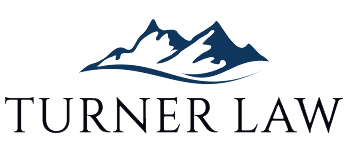Colorado Homeowner Associations: Understanding The Governing Documents (Part 1 of 4)
Note: This article is part of a series. Click here to read the entire series.
Most if not all Colorado residential developments these days have a homeowner association and recorded documents that establish the rules for and obligations of the homeowners. Understanding those documents help homeowners avoid fines, lawsuits and unhappy neighbors. Yet, most homeowners have never read the governing documents.
The core governing documents for any Colorado homeowner association are the Declaration, Articles of Incorporation, Bylaws and Rules and Regulations. The Declaration is the most important of the four documents. The Declaration or Colorado law must authorize everything that is in the Articles of Incorporation, Bylaws and Rules and Regulations. This is because of the general principle that the owner of land is free to do with the land as she chooses unless she took title subject to some rule, restriction or obligation. That is exactly what a Declaration is – it is a restriction on what can be done with the land and an obligation to comply with those restrictions. The Declaration is drafted first, then the Articles of Incorporation are drafted along with the Bylaws and the Rules and Regulations.
The Declaration is a recorded document. It is recorded with the Colorado county clerk and recorder. By recording the Declaration with the Colorado county clerk and recorder, all persons who take title to the land take title subject to the Declaration whether they read the Declaration or not. The act of recording is deemed to give notice to the world of the restrictions and obligations.
It is important to read the recorded copy of the Declaration. I cannot tell you how many times I have asked a homeowner association to provide us with the recorded copy and received an unrecorded copy or been directed to a website with an unrecorded copy. The unrecorded copy ranges from the recorded copy without the proof of recording to a re-typed pdf of what is supposed to be the recorded copy. Without exception, all persons should insist on a copy of the recorded Declaration. Anything else is useless and a waste of time. A person can confirm that they have the recorded copy from the clerk and recorder’s stamp on the first page of the Declaration.
It may not sound very exciting, but all homeowners should read the Declaration. It can be quite a surprise to see what is contained in a Declaration. Colorado law has absolved some restrictions from long ago; like, for example, restrictions on who can live in a community based upon race or religion. Other restrictions can be in full force and have a substantial impact on a homeowner’s rights and liabilities. These restrictions include things like the ability to amend the Declaration, impose dues and assessments, architectural review of all alterations and continuing rights of the developer.
While a little tedious if not boring, reading the Declaration helps avoid problems. Many people don’t think twice about cutting down trees, putting up fences and painting their house any color they choose. However, if doing these acts violates the declaration, the homeowner can incur significant expense and undoing whatever they did not to mention fines by the homeowner association. Painting is a good example. Murphy’s law says if you get permission first before painting the house green, nobody will object. However, if you ask permission after a neighbor has turned you in, you can be assured that green just is not acceptable.
Read the Declaration. In the long run, knowing what is in the Declaration will save time, money and perhaps a little anguish.
